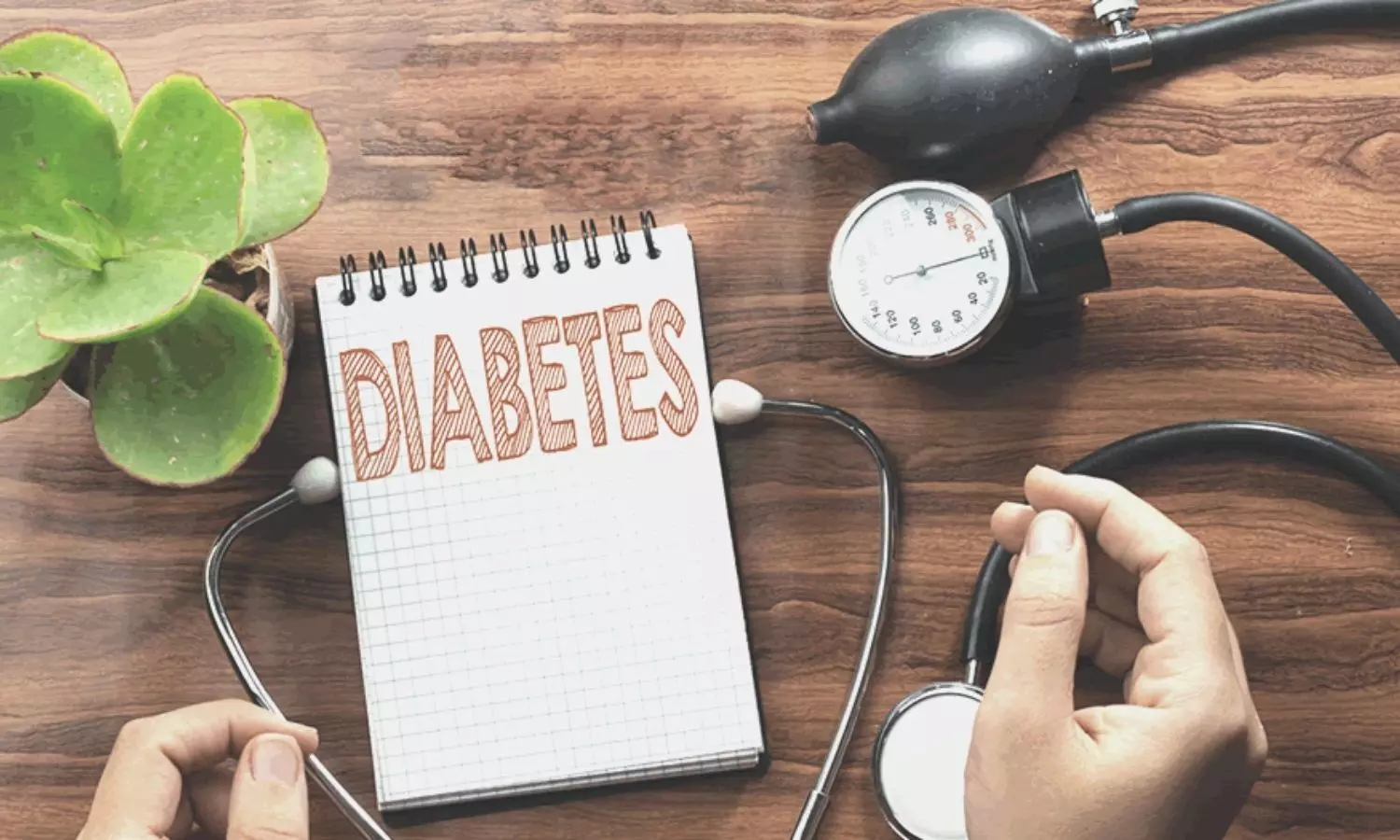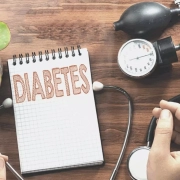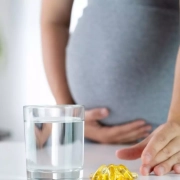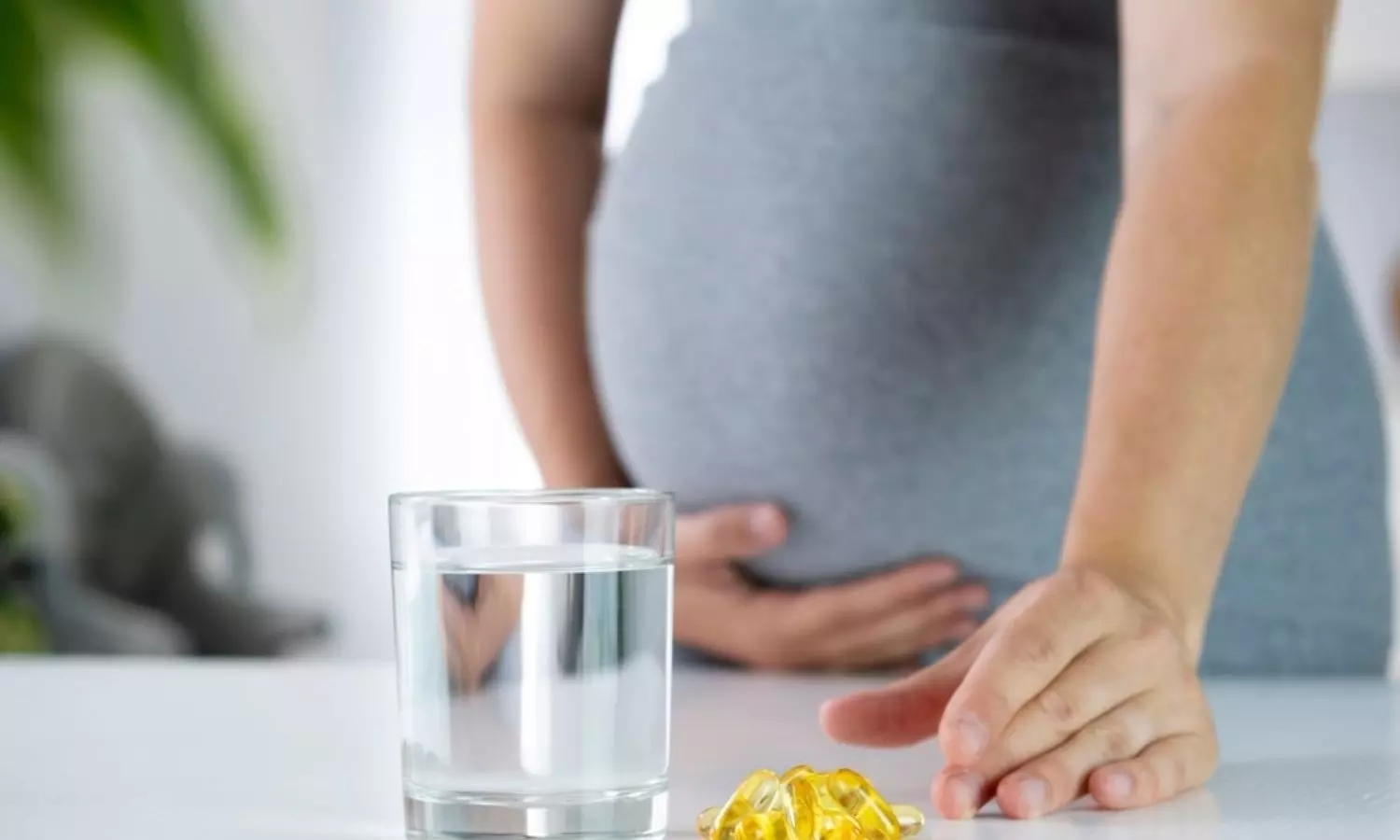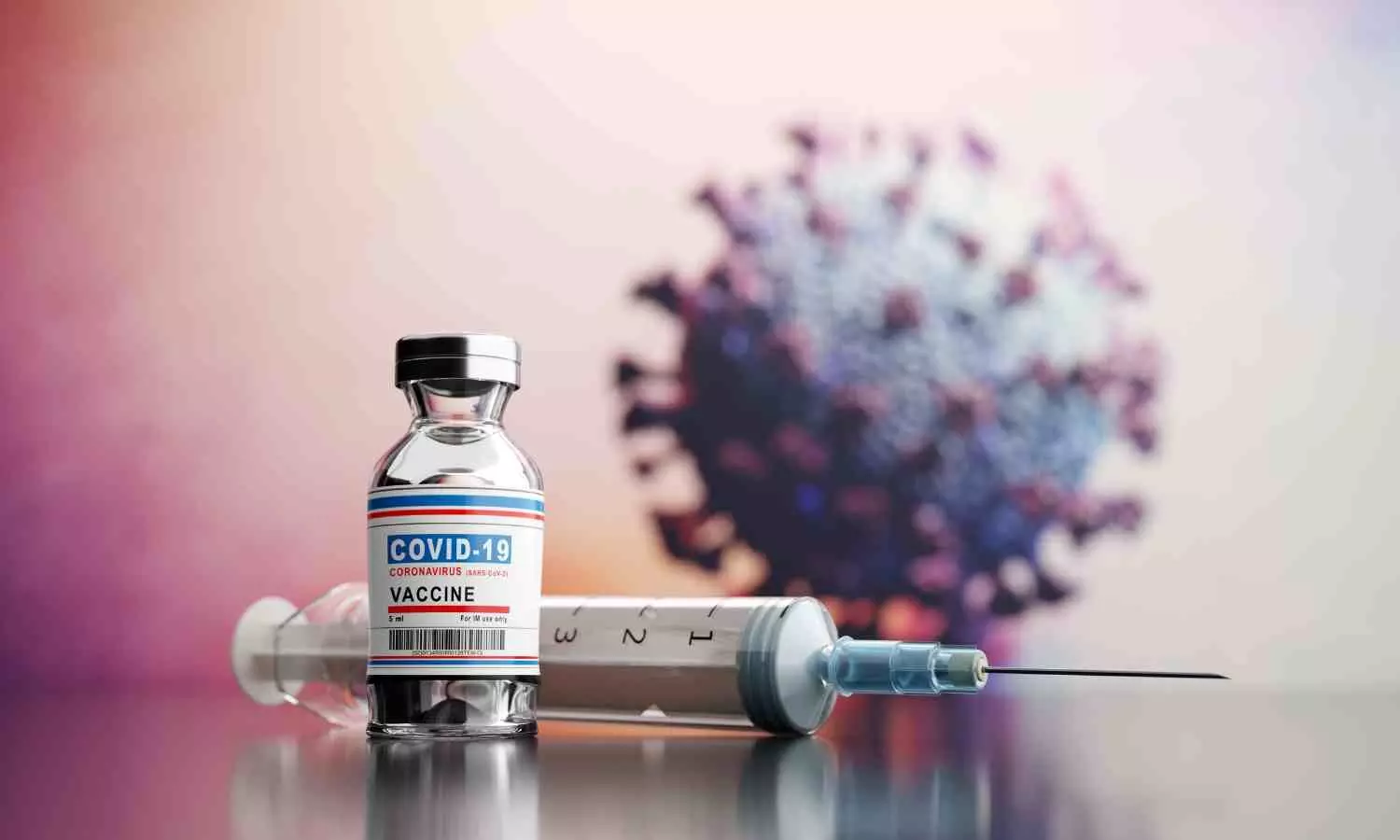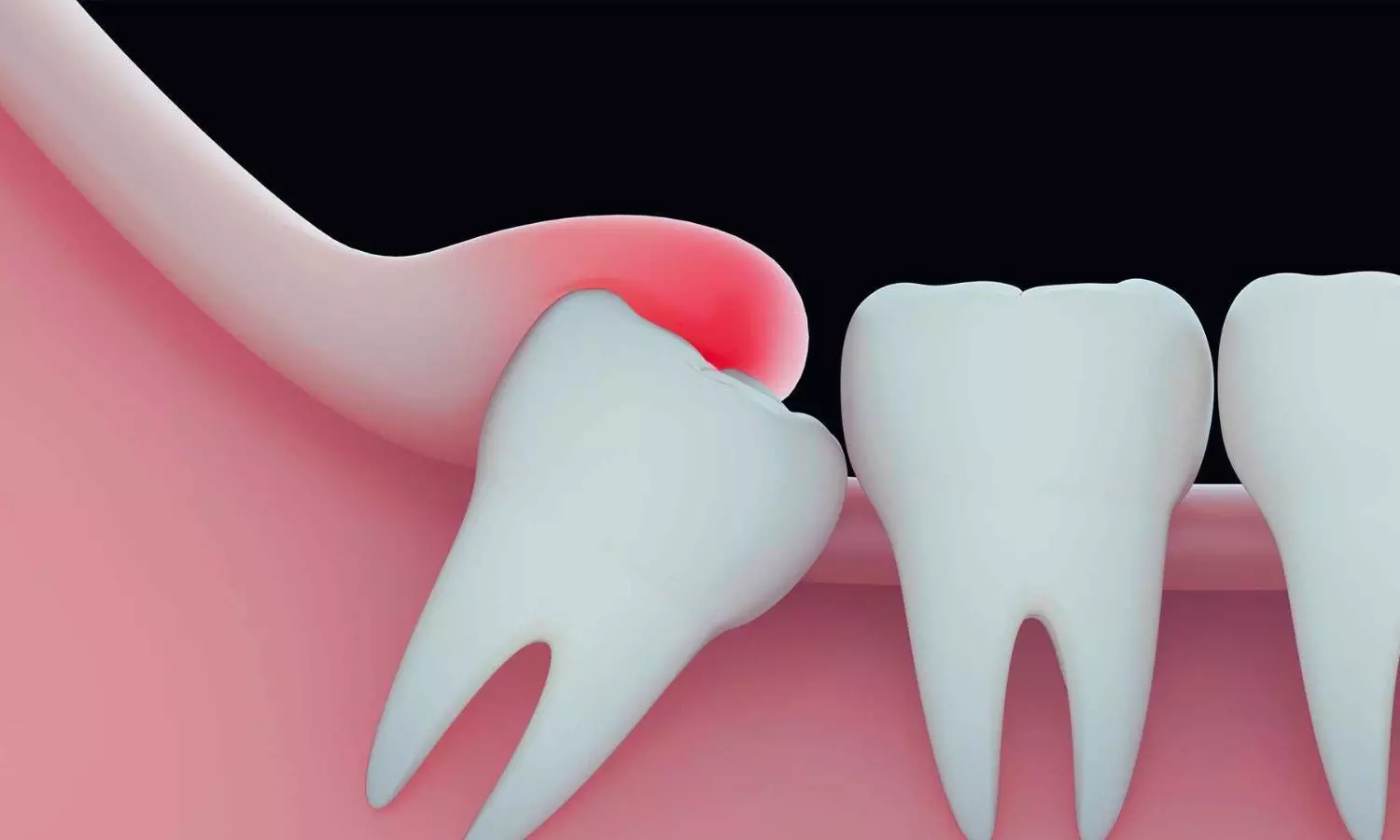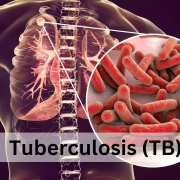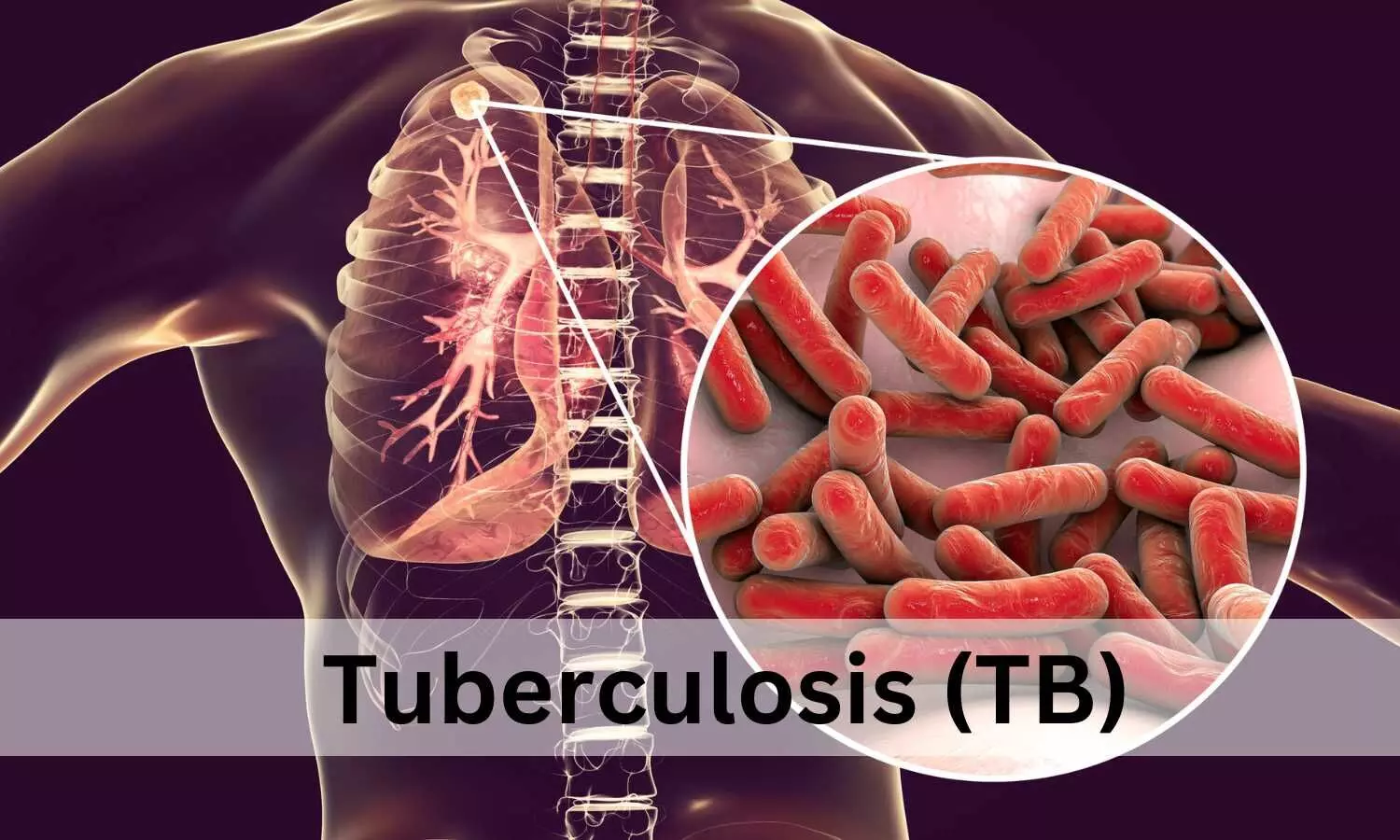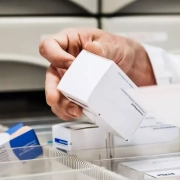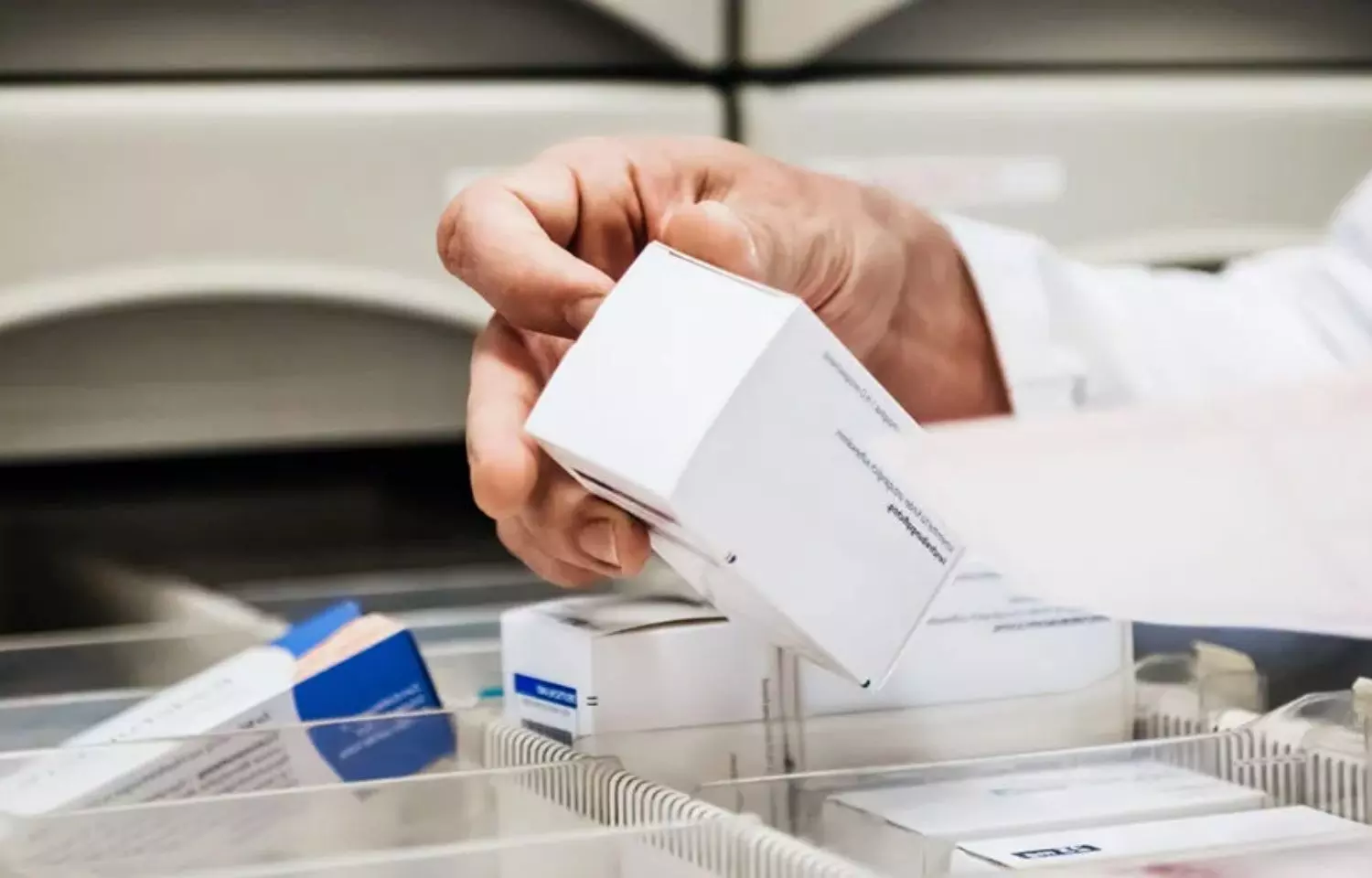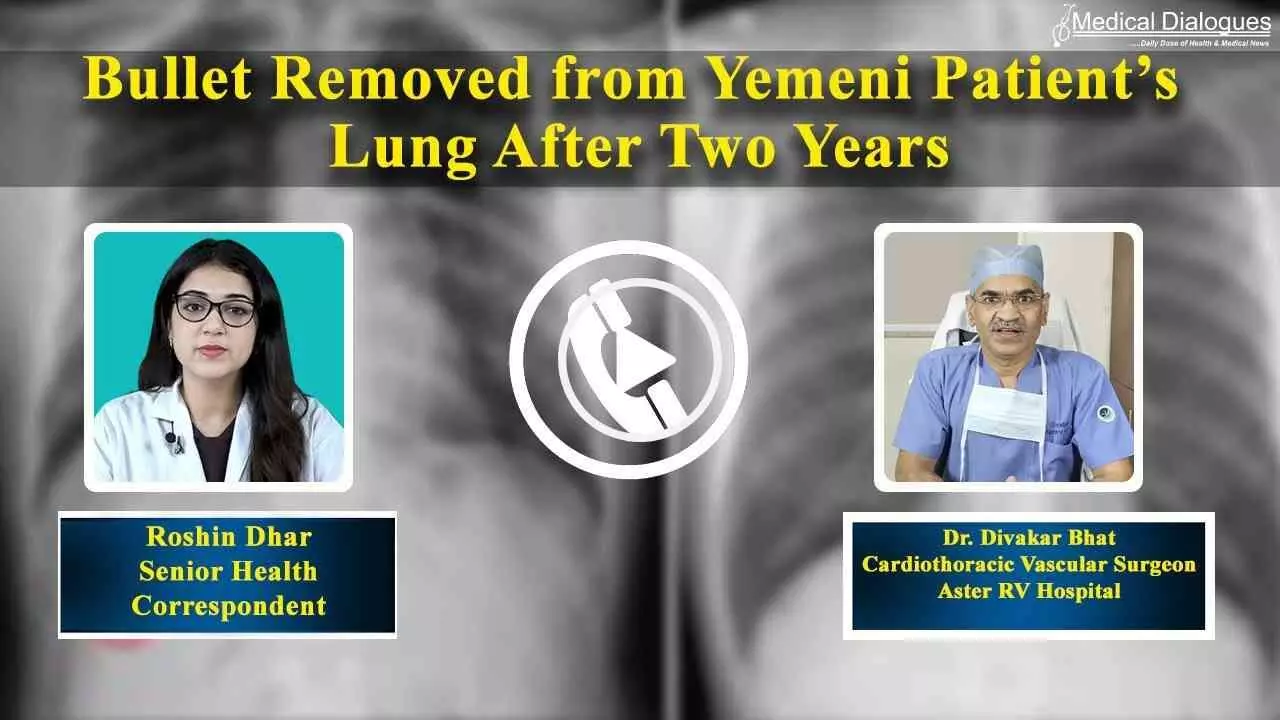
New Delhi: The District Consumer Court, Delhi recently directed an IVF facility, an IVF Head, and 2 Gynaecologists to pay Rs 7,48,230 to a pregnant patient, who underwent treatment at the facility. After admitting the patient for the delivery of her children, the hospital and its doctors failed to handle the case and referred her to another hospital stating that there was a lack of ICU and blood bank facility.
While considering the case, the consumer court noted that the doctors and the IVF hospital failed in their ‘duty of care in deciding what treatment is to be given to the patient complainant’ and ‘duty of care in administration of that treatment’ at the final and crucial stage of delivery.
They were directed to pay jointly and severally Rs.5,83,230, the amount spent by the patient in her treatment, Rs.1,00,000 as specific personal compensation towards physical pains and trauma and Rs 50,000 as damages. Further, the Commission also granted Rs 15,000 as legal cost to the complainant.
The history of the case goes back to 2020 when the patient and her husband approached Indira IVF Hospital. After approaching the Head of IVF Dr. Kumar, the patient underwent tests and they were advised to undergo In Virto Fertilization treatment. They were informed that the cost of treatment including the medicines was Rs 1,80,000. However, in case of miscarriage, an additional Rs 1,75,000 would have to be paid. After an initial miscarriage, the complainant conceived again and remained under treatment at the treating hospital. During the course of treatment, she was informed that there were twins in her womb.
The patient was informed about the chances of pre-mature delivery and was advised to meet Dr. Monica, the Gynecologist. The expected due date of delivery was given in or about September 2021. The complainant’s husband deposited delivery charges of Rs. 60,000/- on 26.08.2021 on the instructions of the hospital.
When the patient developed severe pain, the doctor advised her to go to the hospital. It was alleged the signatures of the complainant’s husband were taken on blank papers without discussing any eventuality. The treatment started, however, after a few hours, the Gynecologist and her team came out of the OT and asked the husband of the complainant to arrange for some other hospital as the condition of the patient was critical.
After persuasion by the patient’s husband, the doctor gave in writing stating “Pt. is referred to higher centre for emergency in u/o nonavailability blood bank ICU facility”. Allegedly, an ambulance lifesaver facility was also not provided by the hospital.
Initially, the patient was taken in critical condition to a Government Hospital. However, after not getting admission there, the complainant’s husband requested the Gynecologiost at the first hospital, who suggested taking the patient to Maharaja Agrasen Hospital, Delhi.
It was alleged that when the bed sheet underneath the patient was removed by a doctor in Maharaja Agrasen Hospital, Delhi, it was found that half the body of the newborn was inside the uterus and half was outside.
Claiming that the treating hospital failed to discharge its duties, the patient filed a complaint alleging medical negligence and demanded Rs 50 lakhs as compensation for severe pain, suffering of harassment, humiliation, mental torture, financial losses, malpractice and agony.
On the other hand, the treating hospital and doctors denied all allegations and submitted that when the patient reached the hospital on 24.09.2021, she was examined clinically in detail and was found to be in early labour with a chest infection and altered coagulation profile. Her condition was discussed with the attending anaesthetist at the Centre. Consequently, the complainant’s husband was explained about the urgent need for medical ICU and was advised to take the complainant to Maharaja Agrasen Hospital.
They alleged that the husband took more than one hour to decide and ultimately decided to take the patient to some Government Hospital. Thereafter, the treating Gynaecologist prepared a referral note immediately for admission to some higher medical centre in view of the non-availability of ICU and blood bank facility at its centre, further a medical team in such circumstances arranged an ambulance also and the treating hospital did not charge anything for the same.
After being refused admission at the Government Hospital, the patient was admitted to Maharaja Agrasen Hospital with the efforts and cooperation of the treating Gynecologist, they claimed. Ultimately, the complainant safely delivered two baby girls. It was emphasized by the treating hospital and doctors that the patient was informed and advised from the beginning to make arrangements in some government/private hospitals having ICU and blood bank facilities. However, such advice was allegedly ignored by the patient and her husband.
While considering the question “whether the OPs had taken proper care to undertake the case of complainant”, the District Consumer Court noted that the patient was diagnosed with infertility. It also noted that the treating facility renders medical services for infertility treatment, all kinds of ART including procedure and technique of IVF through its qualified and competent doctors.
“Therefore, the OP1 and its doctors have taken care in taking the case of complainant for diagnosis and treatment of infertility. To that extent, there is no medical negligence on the part of OPs,” noted the Commission.
The consumer court also considered the issue ‘of duty of care in deciding what treatment is to be given to the patient/ complainant’ and ‘duty of care in administration of that treatment’ to the patient.
At this outset, the consumer court took note of the two discharge summaries issued to the patient and her babies by Maharaja Agrasen Hospital. The discharge summary depicted diagnosis that the patient was diagnosed with ‘prime with IVF conception at 35 weeks 2 days, dichorionic diamniotic twin with preeclampsia with cervical cerclage with BTM covered with spasmodic bronchitis; post LSCS; leptospirosis (IgM positive); sepsis with thrombocytopenia; dyselectrolytemia. The complainant was operated on in emergency LSCS done under spinal anaesthesia on 24.09.2021; indication- severe PIH, twin in labour.’
Further, the Discharge Summary also mentioned that “the patient was admitted with 9 months amenorrhea, bleeding per vagina, leaking per vagina since morning” and on examination it was found uterus was overdistended, fetal heart sounds present, per vagina OS7-8 cephalic cervix 80% effaced vertex 2 cm.
The Commission also noted that before bringing the patient to the second hospital, the treating Gynaecologist at the first treating hospital issued a referral note remarking that “patient is referred to higher centre for emergency LSCS in V/O non- availability of blood bank and ICU facility.”
While the treating hospital argued that the patient was advised to make arrangements in advance at a government/private hospital having ICU and blood bank facilities, the Commission noted that there was no such record that would prove that such advice was given to the complainant.
Meanwhile, the complainant filed a record of discharge card in respect of another patient of the same hospital, who was admitted on 23.02.2021 and discharged on 25.02.2021 since surgery was done as LSCS under spinal anaesthesia. Taking note of this, the Commission observed, “This shows that OP1 and its doctors perform surgeries in the hospital of OP1. But it was not done so in the case of complainant.”
“The discharge summary issued by Maharaja Agrasen Hospital in respect of complainant (at page 122-126 of replication) does not depict that the complainant was administered blood by the said hospital, which corroborates complainant’s plea that she was not given blood during treatment at Maharaja Agrasen Hospital,” it further noted.
Referring to the referral note issued on 24.09.2021, the Commission noted that the hospital and its doctors are projecting that as if the referral was immediately issued after examining the complainant. However, in reality, the complainant’s husband was asked to purchase a surgery kit and it was handed over to the doctors at the operation theatre. Later, a part amount of Rs 12,000 was refunded to the complainant since some of the articles in the kit were used after opening the same by the hospital and the doctors.
“It proves that the complainant was taken into operation theatre in the morning of 24.09.2021, the surgery kit was also arranged [and delivery charges were already got deposited on 26.08.2021] but later on around noon hours the OP3 (gynaecologist) the OP2 (IVF Head), OP4 (gynaecologist) of doctors team after coming out of OT asked the husband of complainant to take complainant to some other hospital for want of ICU facility and blood bank in OP1 Hospital. It also proves that in the phase of delivery process, it was abandoned and complainant’s husband was asked to take the complainant to some other hospital. Had the complainant not been in the OT/Labour Room, there was no occasion for opening of the surgery kit and use of some of its articles. The OP3, the OP2, OP1 and other had started the procedure of delivery but it was not performed,” noted the Commission.
The Commission clarified that when a patient is taken to the OT/labour room, it could be after admitting the patient as inpatient and after delivery or subsequently after the patient is discharged. “Whereas, in this case the same procedure would have been affected that the complainant was taken to labour room/OT and then she was relieved without preparing the discharge summary instead referral note (page 42 of the paper book of complainant) was prepared. The circumstances on record are crystal clear. OT/Labour room is not an OPD,” noted the Commission.
It was observed by the Commission that even though the complainant was examined from time to time and tests, investigations were performed accordingly, after admitting the patient on 24.09.2021, the “…OPs could not handle the case of complainant because of its omissions and commissions, then at very crucial moments when complainant was about to deliver children, there was an impasse by the OPs and the complainant was referred to other hospital by stating want of ICU and blood bank facility.”
“Would it be acceptable that a patient/complainant would request the OPs in the night to perform delivery on next date and OPs acceded to such request of the complainant without accessing medical requirement? The answer it in ‘negative’,” the Commission opined.
Therefore, the Commission observed that there was partly breach of ‘duty of care in deciding what treatment is to be given to the patient complainant’ and also a breach of ‘duty of care in administration of that treatment’ at the final and crucial stage of delivery, for which the OPs were required to be prepared in advance but they failed.
“Hence it is held that OPs (hospital, IVF head, 2 gynaecologists) are jointly and severally negligent on their part in this regard,” the Commission noted.
Taking note of the amount spent by the complainant, the consumer court directed the hospital and the doctors to pay back the extra amount of Rs 2,04,710 spent by the complainant and also the extra medical expenses of Rs. 3,78,520/- for her treatment of delivery in Maharaja Agrasen Hospital.
“Accordingly, the complaint is allowed in favour of complainant and against the OPs to pay jointly and/or severally amount of Rs.5,83,230/- [i.e. Rs.2,04,710+Rs.3,78,520/-] alongwith interest at the rate of 4%pa from the date of complaint till realization of amount besides specific personal compensation of Rs.1,00,000/-[towards physical pains and trauma suffered by the complainant during crucial phase she was referred to other hospital and till she delivered babies], damages of Rs.50,000/- for harassment, inconvenience and mental agony suffered by the complainant and others with her, besides costs of Rs.15,000/- to complainant. OPs are also directed to pay the amount within 45 days from the date of this order,” ordered the Commission.
To view the order, click on the link below:
https://medicaldialogues.in/pdf_upload/delhi-consumer-court-ivf-235628.pdf
Also Read: Failure to diagnose, Delayed Treatment for Ruptured Ectopic Pregnancy: Gynecologist directed Rs 5 lakh Compensation
